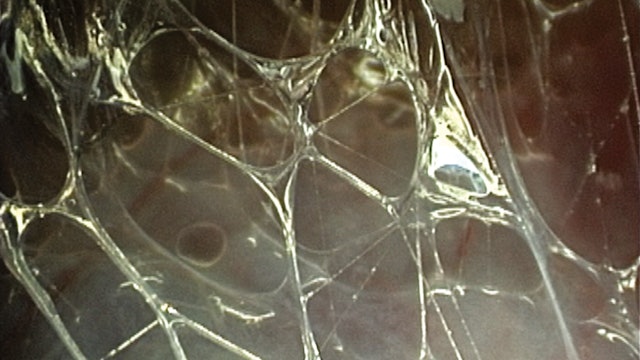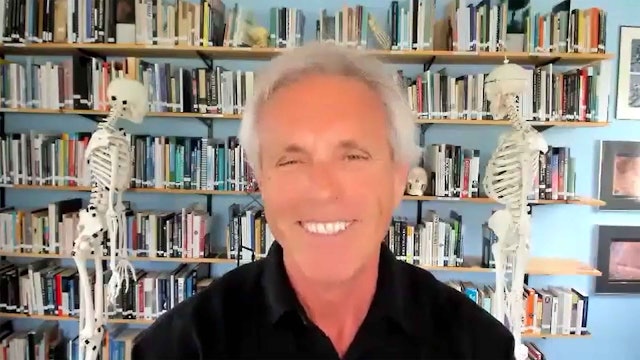Fascia
"Fascia is the fabric of the body; not the vestments covering the corpus, but the warp and weft of the material" Steven M. Levin 2012
'Blessed be the ties that bind' goes the old hymn, and fascia is the fabric that binds our cells together into our characteristic shape. Our fascial system evolved as a simple but elegant response to the challenge of becoming a multicellular organism. The Fascial Research Congress defines the fascial system as a 'three dimensional continuum of soft, collagen containing, loose and dense fibrous connective tissues that permeate the body" These videos highlight fascial properties from the work of Tom Myers, scientists, researchers, and practitioners.
-
How Fascia Moves (Fascial Properties)
1 item
There’s a lot of confusion out there about how fascia responds to various forms of stretch and training. In this webinar, Tom Myers clarifies the subject by outlining four key properties of fascial tissue (viscosity, elasticity, plasticity, remodeling) and how connective tissues respond to variou...
-
Fascia in Movement
6 items
Learn how the fascia responds to stretch, exercise, and movement. This video series brings together Tom Myers’ 40 years experience in fascial therapy with the latest research on tissue elasticity, responses to loading, injury, and the internal body sense. No matter what approach you practice, you...
-
Fascia as Sensory Organ (Robert Schleip)
Movie
In this clip, fascia researcher Dr. Robert Schleip describes how the fascia as our biggest sensory organ houses different kinds of receptors and nerve endings and plays an important role in our somatosensory system.
-
MasterClass: Fascia in Movement (Andrejz Pilat)
Movie
From homeostasis to the interoceptive allostatic load. Relevance of the fascia in body movement
We define fascia as an omnipresent, highly hydrated, richly innervated, vascularized and contractile capacity network- a prodigious complex biological system, which provides a mechanoreceptive informa...
-
Fascia and Pain (Carla Stecco)
Movie
In recent years the innervation of the fascia and soft tissues has become increasingly important in the etiopathogenesis of pain, but actually the relative importance of the various anatomical structures is not known. In this presentation the type and quantity of innervation of the various soft t...
-
Fascia and Interstitium 2.0 (Neil Theise)
Movie
Dr. Theise describes his team’s specifications of novel anatomy of the interstitial spaces (“interstitium”) within fibroconnective tissues (“fascia” and others). While it is long established that fibrous “reticular” networks are continuous throughout the body, his group’s initial observations, w...
-
Highlights from FRC (David Lesondak)
Movie
Highlights from FRC (David Lesondak)
-
Embryology of Fascia
6 items
In Embryology of Fascia, Tom Myers, coming from a completely holistic and ‘chemistry-free’ perspective, traces the changes in shape from conception to birth, including the development of the fascial system. Understand the holistic communicating systems of the body, the recent findings of genetic,...
-
Intro to Fascia and Biotensegrity
1 item
Based on the work of Buckminster Fuller and Stephen Levin, biotensegrity is an important foundational principle of
the Anatomy Trains myofascial meridians, relating to how forces of tension and compression contribute to bodywide
fascial patterns. -
Module 1: Introduction and Superficial Layers
Covered in this module:
- Introductions, Tom: Anatomy Reconsidered
- Todd: Introduction to the instruments and lab
- Respect for the donor program
- Epidermis and exposure of superficial fascia layers
- Epidermis and extension
- Cutaneous nerves
- Layers in the adipose















